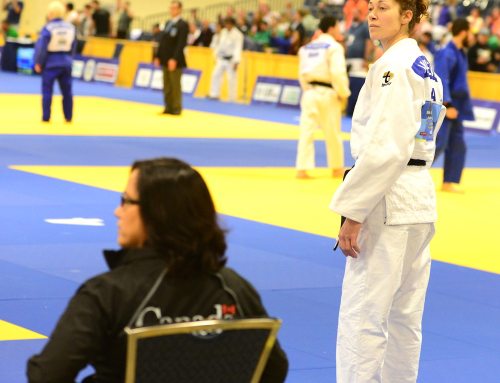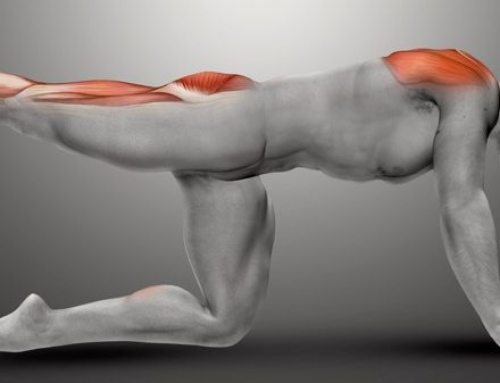By Olivia Shelton
Without running, I never would have survived the stressful period of my life known as “graduate school.” I looked forward to the long miles where I dumped the tension accumulating from papers, practical exams, and presentations. Over days, weeks, and years of logging miles, some injuries would follow me for months, while others would make an occasional surprise appearance. In fact, it has been shown that between 60-90% of runners will have an injury each year they run. For those of you who, like me, depend on running to keep your sanity, this is a pretty scary statistic. Since injuries are so common, many runners have developed a standard for how they deal with their injuries; however, in my experience as a Physical Therapist, very few people ever consider one very important factor: nutrition.
Some degree of tissue damage occurs with every bout of exercise. However, the degree of damage can vary from micro-tearing following a hard training run to an acute injury sustained during hill repeats. With all soft tissue injuries, the body will immediately start the process for tissue repair. Initially, the injured cells in the body signal an inflammatory response. During the proliferation phase, collagen is shuttled in and laid down to begin the rebuilding process. Typically, with proper rest and nutrition the body is able to repair itself for another bout of activity rather quickly. For injuries on the more severe side of the spectrum, or injuries that have turned chronic, healing can take much longer. Unfortunately, injuries of some degree seem inevitable. Therefore, is there anything we can do nutritionally as injured runners, or endurance athletes, to aid in the healing process? If we alter our intake of fat, protein, or carbohydrates could this speed up recovery when suffering from acute Achilles pains or nagging knee injuries that follow us?
The “running low” on carbohydrate method has been around for years with respect to performance enhancement, but what implications does this method have related to tissue healing in the injured athlete? While the research does not give you a magic number of carbohydrates to consume or grams of protein to ingest to facilitate faster tissue repair, energy balance is more vital when the body is injured. The body is put in a hypermetabolic, catabolic state. The stress placed on the system increases the rate of cell breakdown (catabolic), and the energy needed to repair the damaged tissue raises the nutritional demand on the body (hypermetabolic). The deficiency of protein and carbohydrate stores, in combination with an injury, can slow or halt the healing process. The tissue healing cycle that has been negatively impacted by malnutrition can be detrimental to an athlete’s physical, social, and physiological being.
While I would have never made it through graduate school without running, my love for the sport did not stop there. Today, running makes me a better spouse, coworker, and friend to those around me. My day can go from bad to great after just a few miles. That is why it is so important for me to do everything possible to address the injuries that are inevitable as a runner. Most of us know that in order to stay on our feet, we need rest, hydration, and cross training; however don’t forget to take a serious look at your diet to make sure you are adequately supplying your body with the fuel it needs to repair itself.
# # #
Olivia Shelton is a Physical Therapist with ATI Physical Therapy in Carrboro.





